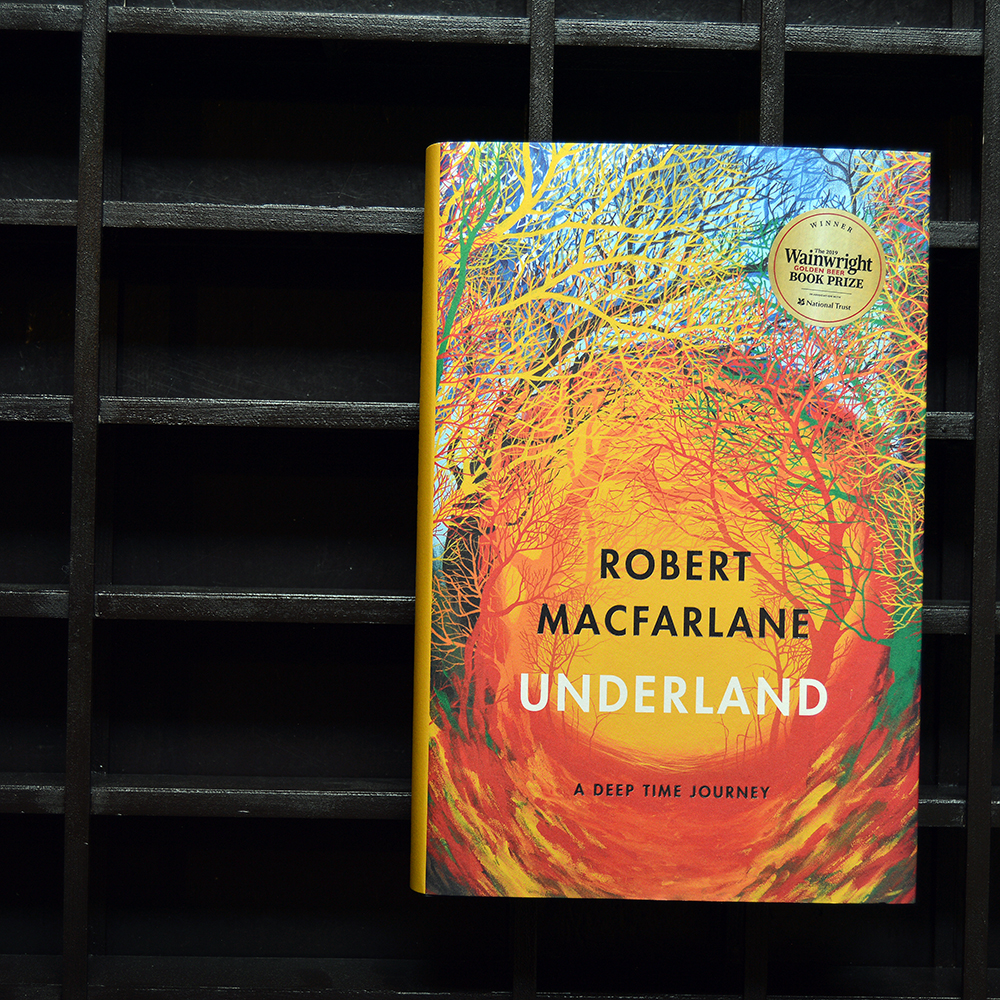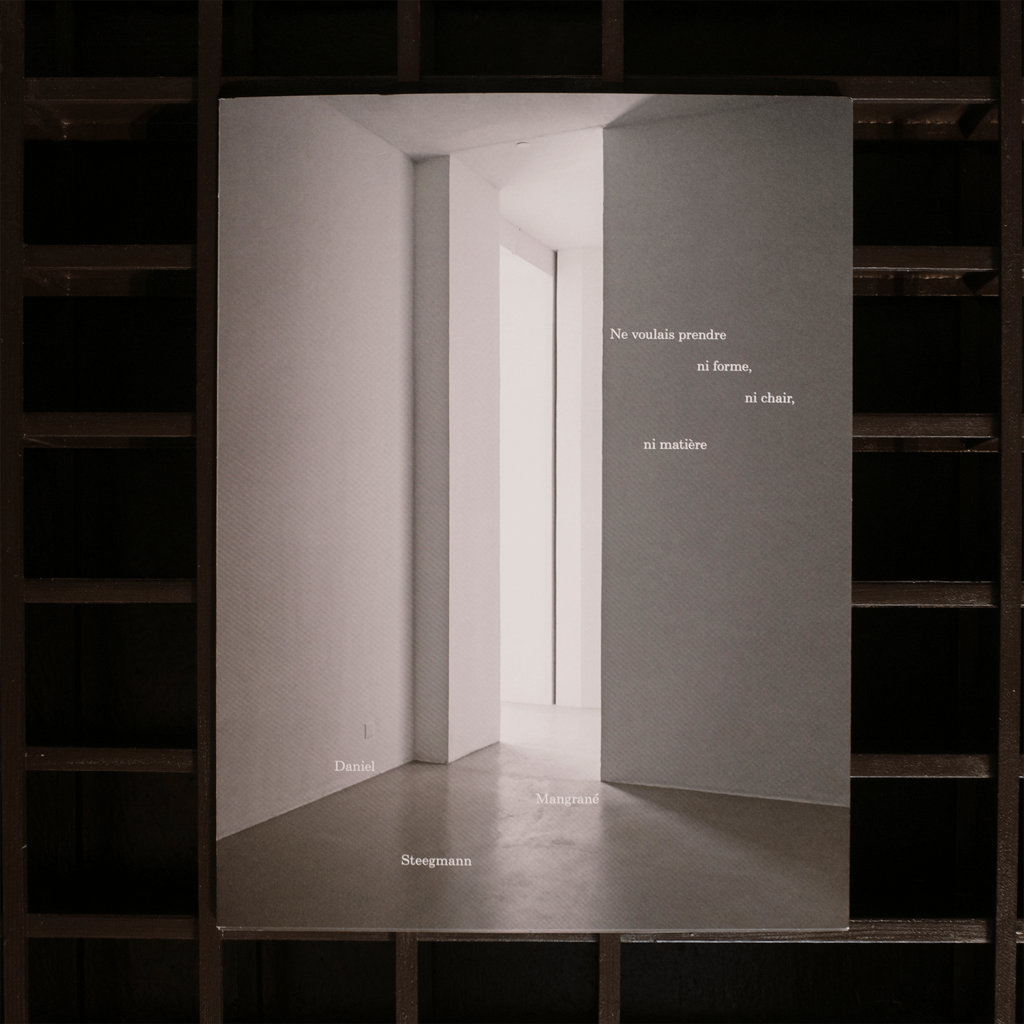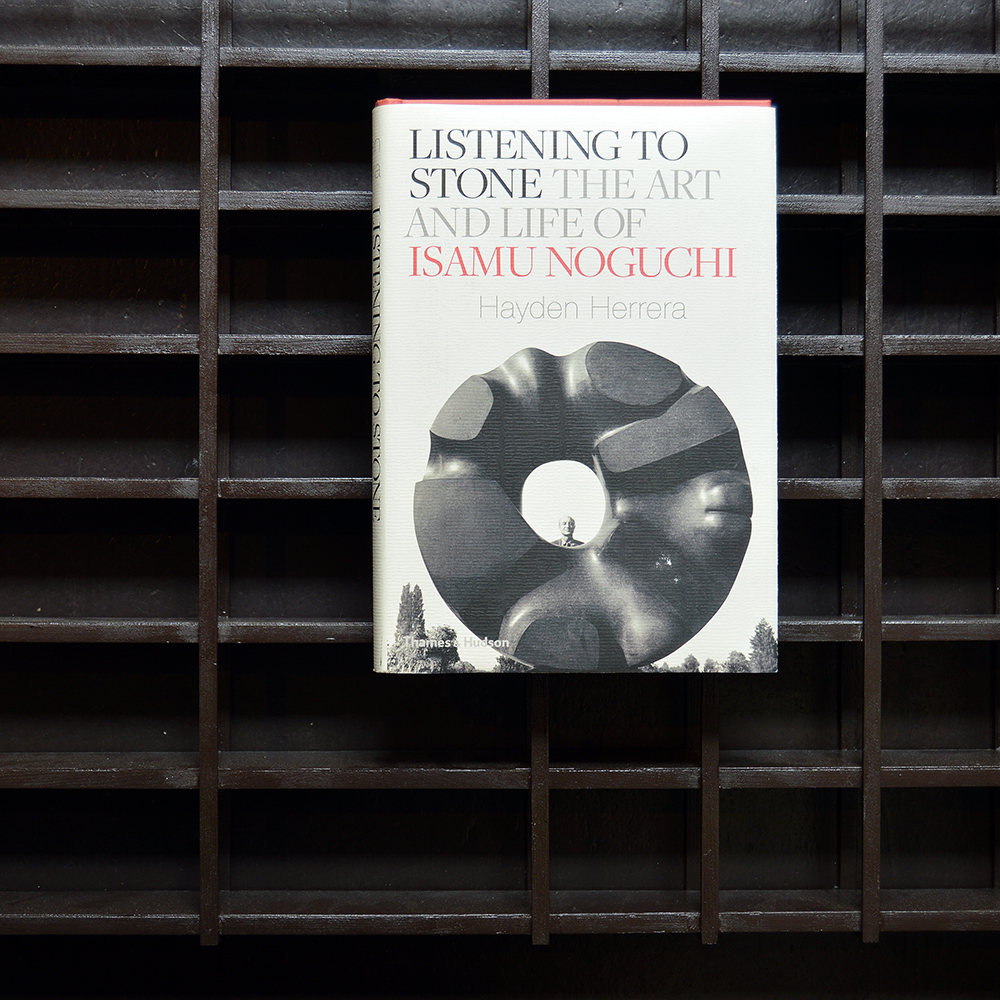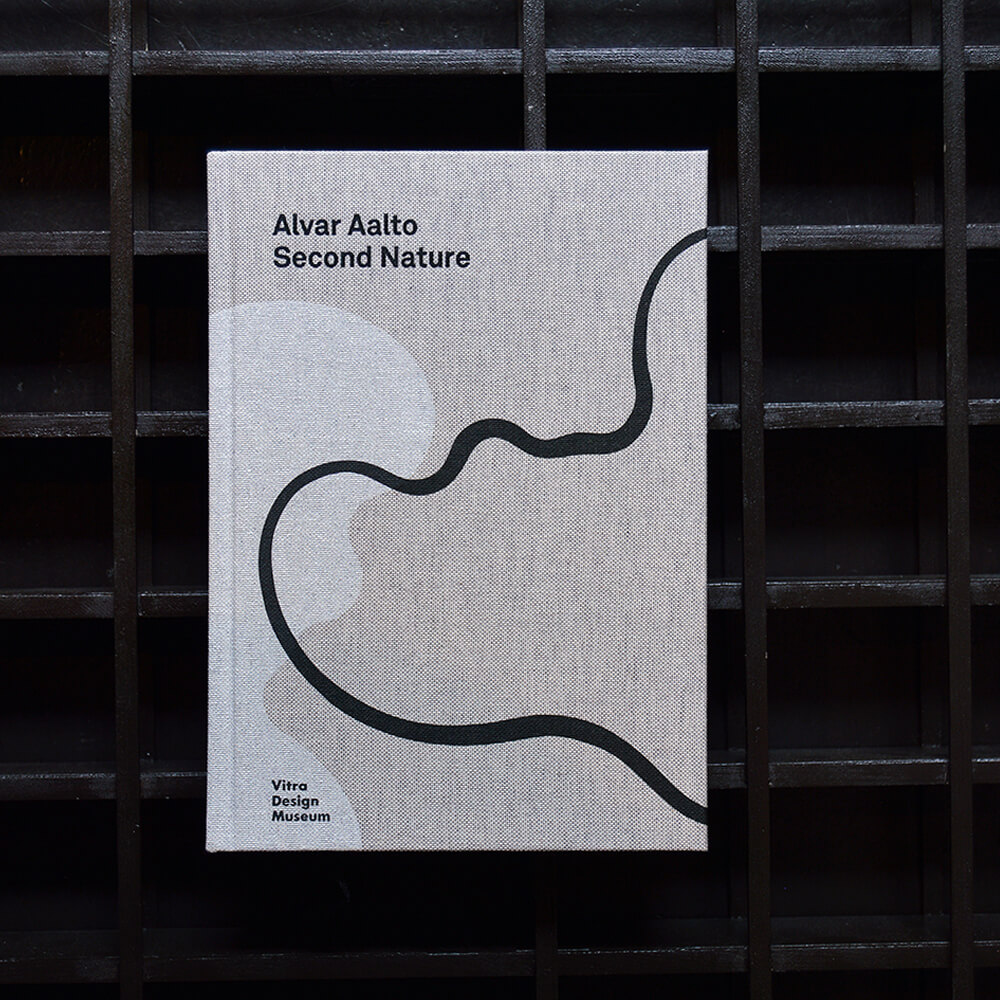** Our bookshop in Berlin-Mitte has closed ** Orders available only via www.bomdiabooks.de **

The circus is a drama that extends its own means, and the metaphor of its name (itself clowning around with the word) is widespread across the art industry, financial world, and, of course, anything to do with performance. For four years during the mid-aughts, photographer, video and film artist Ieva Epnere immersed herself in the life of the Riga Circus – a type of traditional circus that cherishes the respectful use of animals, operating on a circus-family model (skills are passed down through generations to produce family units that travel and live on the road), and the big top tent (the landmark interior of one of the oldest circus structures, built for this purpose in Europe since 1888) as a performance space. This publication, that was developed during Ieva Epnere’s fellowship with the Artists-in-Berlin Program of the DAAD, symbolically marks four stages of her single, larger work. Fine-tuned digital color shots, a collection of black-and-white 35 mm film prints showing action at the Riga Circus, followed by a burst of color shots and black and white photos taken on a film camera, to end with a set of intimate black-and-white portraits of the performers. Whereas the conversion of circus into text might to some degree be a violation of the true nature of its subject, Ieva Epnere’s book – with the help of elephants, clowns, all the “freakery,” and her kaleidoscopic peek into the machinery that makes performances in the arena possible – itself stands as an adventurous act of reinvention. ↑ ↓ ↓
€27,00

The Long Road to Xico, 1991–2015 is the first monograph of Brazilian artist Maria Thereza Alves, and the outcome of her solo show at the Centro Andaluz de Arte Contemporáneo in Seville in 2015. It gathers more than twenty projects realized between 1991 and 2015, including rarely viewed early works that help us see her most recent production from a new perspective. This publication also collects a selection of Alves’s writings and contextualizes her work in the political and cultural debates from the 1980s, when she became an activist—in the United States and Brazil—and an early participant in discourses around “postcolonialism” and “ecology.” Together with these materials, the book contains essays by the editor, Pedro de Llano, and T. J. Demos, professor of art and visual culture at the University of California, Santa Cruz, and author of Decolonizing Nature: Contemporary Art and the Politics of Ecology (2016). Containing an exhibition history and bibliography with a record of Alves’s activities in art, literature, and politics since the late 1970s as well, The Long Road to Xico, 1991–2015 establishes itself as the main publication on the artist’s work to date. ↑ ↓ ↓
€20,00
SOLD OUT

A reproduction of one of the architect’s personal sketchbooks this beautiful volume contains fifty-two drawings and collages that explore the passage of time and the possibility of a tender architecture. The thoughts and drawings in this book were made in the month of January, 1994, Hejduk explains, I wanted to make two architectures in love . . . to have architectural intercourse on every level...chromosomic exchange.The drawings are explained in his essay Sketchbook Notes, and Still Life/Dead Nature elucidates his thoughts about space. ↑ ↓ ↓
€90,00
SOLD OUT

In Underland, Robert Macfarlane takes us on a journey into the worlds beneath our feet. From the ice-blue depths of Greenland's glaciers, to the underground networks by which trees communicate, from Bronze Age burial chambers to the rock art of remote Arctic sea-caves, this is a deep-time voyage into the planet's past and future. Global in its geography, gripping in its voice and haunting in its implications, Underland is a work of huge range and power, and a remarkable new chapter in Macfarlane's long-term exploration of landscape and the human heart. ↑ ↓ ↓
€26,90

In einer großartigen Entdeckungsreise nimmt uns der vielfach ausgezeichnete britische Autor Robert Macfarlane mit in die dunkle, überraschende Welt unter der Erde. Er führt uns in Höhlenlandschaften in England und Slowenien, zu einem unterirdischen Fluss in Italien, in den Untergrund von Paris, die schwindende Gletscherwelt Grönlands und, zuletzt, in einen Stollen für Atomabfälle, der die nächsten 100.000 Jahre überdauern soll. Sein Buch ist viel mehr als eine fantastische Natur- und Landschaftsgeschichte: Eindringlich schildert er das Wechselspiel zwischen Mensch, Natur und Landschaft – nicht zuletzt als Mahnung, was wir durch unsere Eingriffe zu verlieren drohen. ↑ ↓ ↓
€24,00
SOLD OUT

This publication documents the exhibition “Ne voulais prendre, ni forme, ni chair, ni matière” by Daniel Steegmann Mangrané at the Institut d'Art Contemporain de Villeurbanne, France in 2019. The catalogue includes first translations into French of the poems of Stela do Patrocínio, a Brazilian outsider poet who has longly inspired the artist in his research. Daniel Steegmann Mangrané has created a polymorphous work (drawing, sculpture, film, installations, etc.). His arrival in Brazil in 2004 was motivated by his fascination for the Amazonian forest – as a child he wanted to be a biologist, an entomologist or a botanist – as well as his discovery of Brazilian artists, Lygia Clark and Hélio Oiticica. Beginning at end of the 1950's, for the founders of the Neo-Concrete movement, intuition, subjectivity and public participation managed to reconcile outdated dualisms, starting with the commonly acknowledged opposition between object and subject. Also nourished by anthropology and the poems of Stela do Patrocínio, one of which inspired the title of this exhibition; in his work Daniel Steegmann Mangrané mixes natural and cultural forms. He explores how the living is entangled with its environment, experimenting with space as an area of the sensitive and of relationships. Impregnated by the Amerindian perspective of anthropologist Eduardo Viveiros de Castro – who blurs the distinction between human and non-human – and by the thinking of Philippe Descola who strives to go beyond the Nature-Culture dualism, Daniel Steegmann Mangrané intends to totally and profoundly transform the space of the IAC. And so, the path of the exhibition generates new vanishing lines, changing perspectives which open out towards the exterior. Defined by a sensitive geometry, driven only by rays of natural light that penetrate the gloom, it encourages exploration and groping and fumbling, as if willing visitors to rediscover the essence of the living itself. This path through the exhibition also translates the artist's fascination for the notion of dissolution, a dissolution of the subject which is likely to lead to an awareness of its surroundings. ↑ ↓ ↓
€24,00

Throughout the twentieth century, Isamu Noguchi was a vital figure in modern art. From interlocking wooden sculptures to massive steel monuments to the elegant Akari lamps, Noguchi became a master of what he called the "sculpturing of space." But his constant struggle—as both an artist and a man—was to embrace his conflicted identity as the son of a single American woman and a famous yet reclusive Japanese father. "It's only in art," he insisted, "that it was ever possible for me to find any identity at all." In this remarkable biography of the elusive artist, Hayden Herrera observes this driving force of Noguchi's creativity as intimately tied to his deep appreciation of nature. ↑ ↓ ↓
€30,00
SOLD OUT
